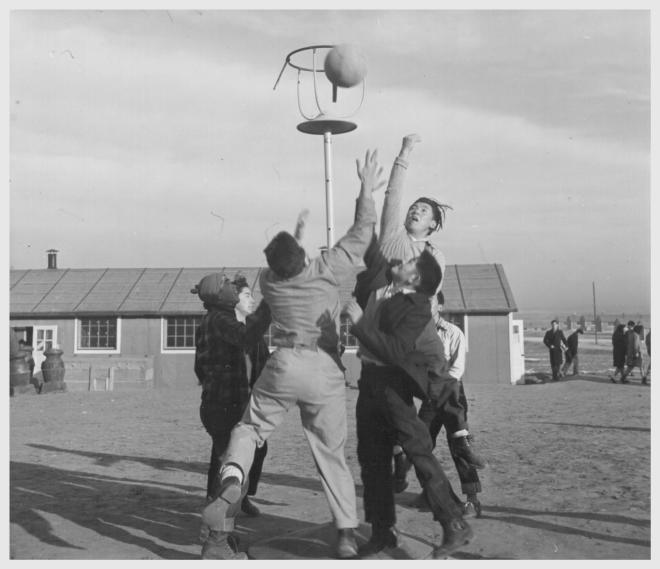Go, California!
Last week the state passed AB 351, a challenge to the National Defense Authorization Act (NDAA 2012). The bill protects Californians from unconstitutional actions by the federal government, like the NDAA’s ability to suspend habeus corpus (yeah, I linked to Wikipedia. Don’t be shy about using it to double check your understanding of habeus corpus.) It’s not the first state to challenge the NDAA (Alaska and Virginia), but what’s nice about the bill is:
1. It was introduced by a Republican (good for you, Tim Donnelly!) and sponsored by a Democrat (and to you, Mark Leno!). Even in these dark times of partisan struggle, it is possible to come together around the things that matter, like making sure that American residents and citizens cannot be held indefinitely without charges just because they are suspected of being enemy combatants.
2. It proves that we’ve learned at least a little bit from our past. Remember WWII when the government detained thousands of Japanese Americans without trial under suspicion of being “the enemy”? Remember all the mistakes we made after 9/11? This is a step away from all those mistakes. Towards something more just and constitutional. Ahilan Arulanantham has a nice piece connecting the JA incarceration and the passage of AB 351here. Short, too.
You can read about the bill’s passage or read the bill itself. Or, if you’re really excited about constitutional rights read both. While drinking a your required pumpkin spice latte (Seriously. Everywhere has a version now…) and thinking how nice it is that we’re trying to not repeat our shameful history.

